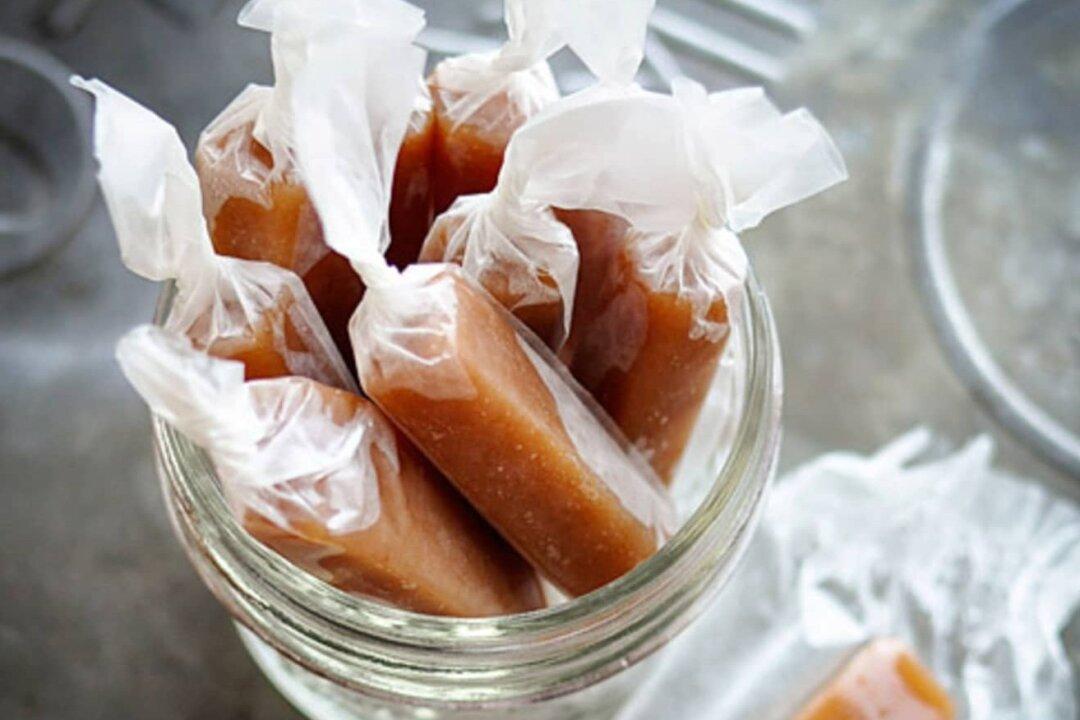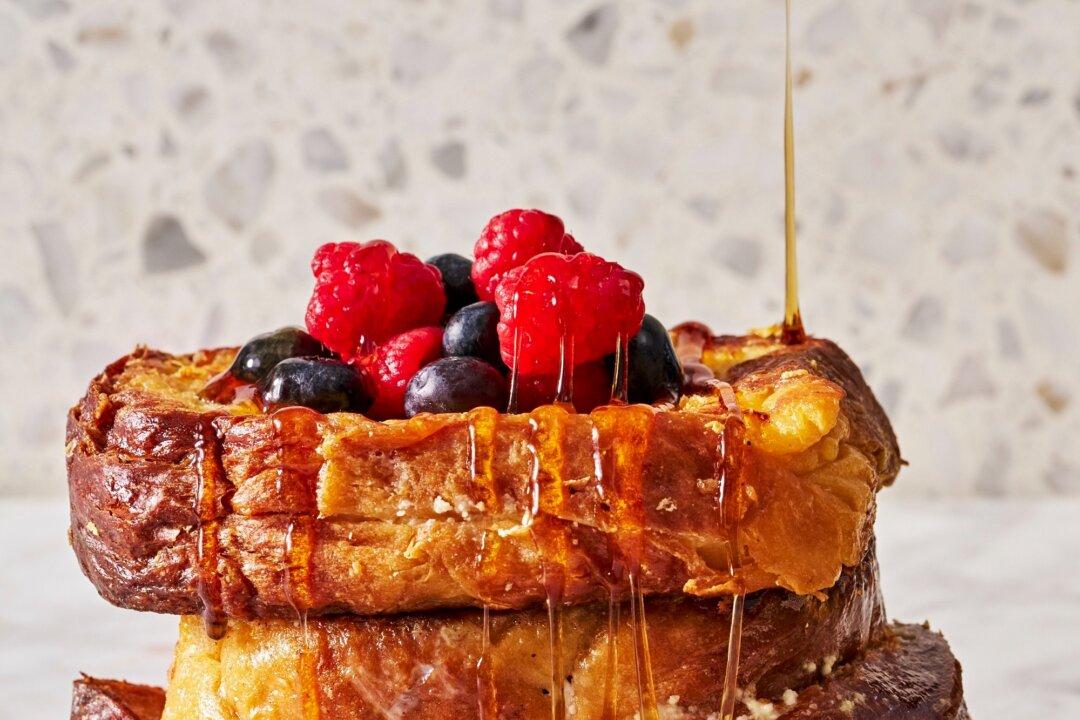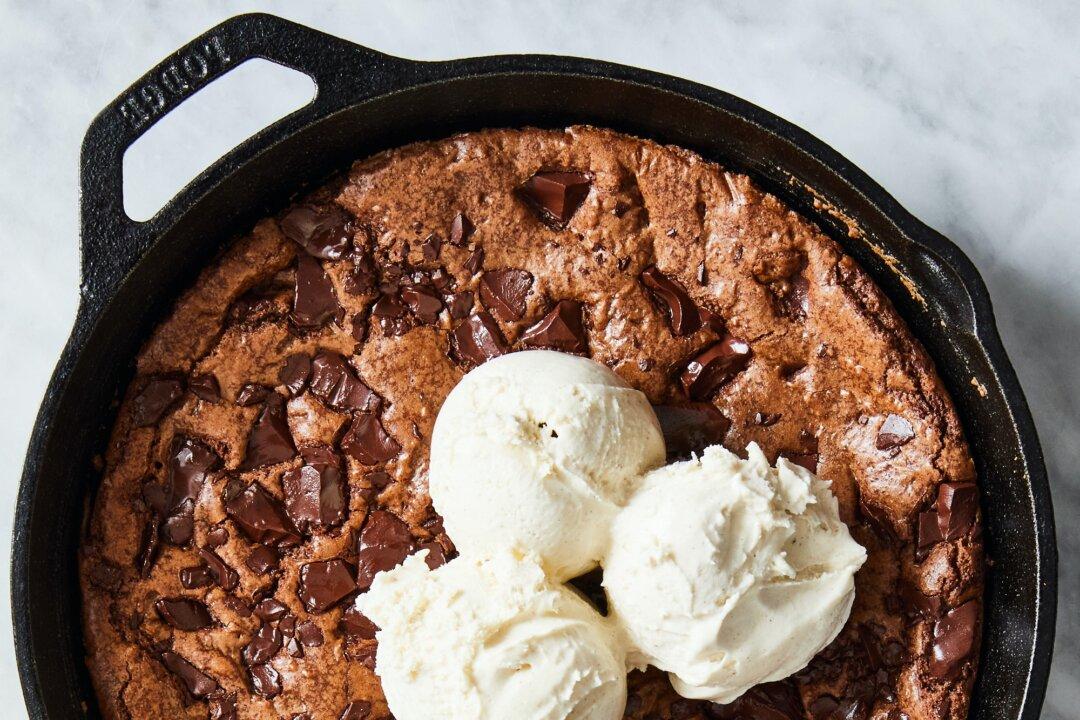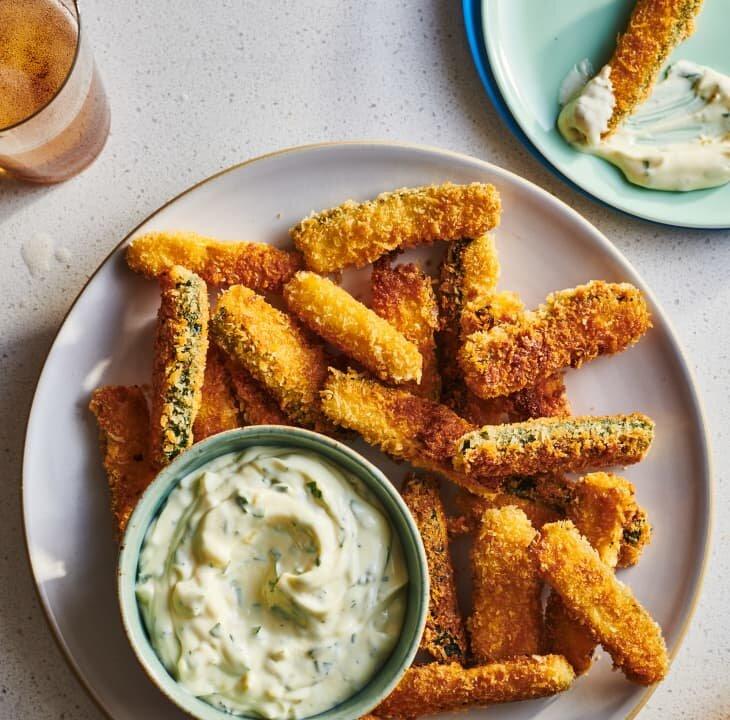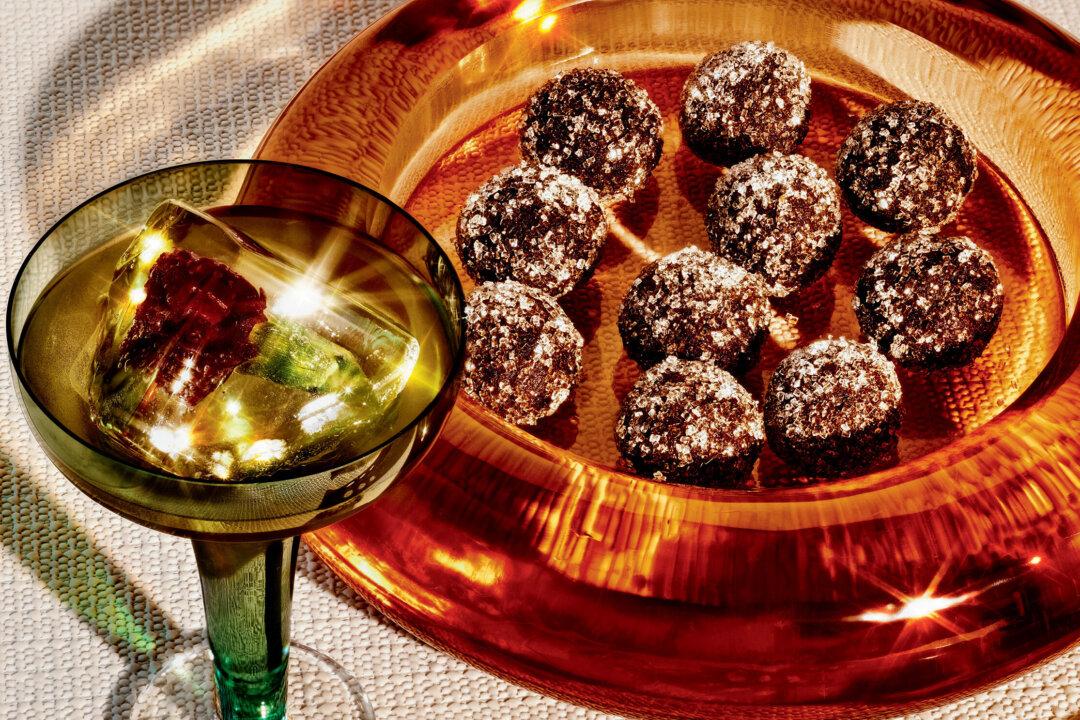My mother ran a small candy business known for its caramels out of her home. Fans would rave about their buttery texture and robust caramel flavor and constantly ask her what her secret was. People would speculate that there was a secret ingredient she would add, but the truth was her recipe was pretty simple and relied on staples like sugar, cream, butter, and salt.
I learned how to make my mom’s signature caramels from a very young age—and I knew exactly what made them so good. There were a few details that contributed to their deliciousness (like a generous amount of salt, good vanilla, and lots of butter), but one of my mother’s absolute best tricks was to take the caramel all the way up to the point of burning.

